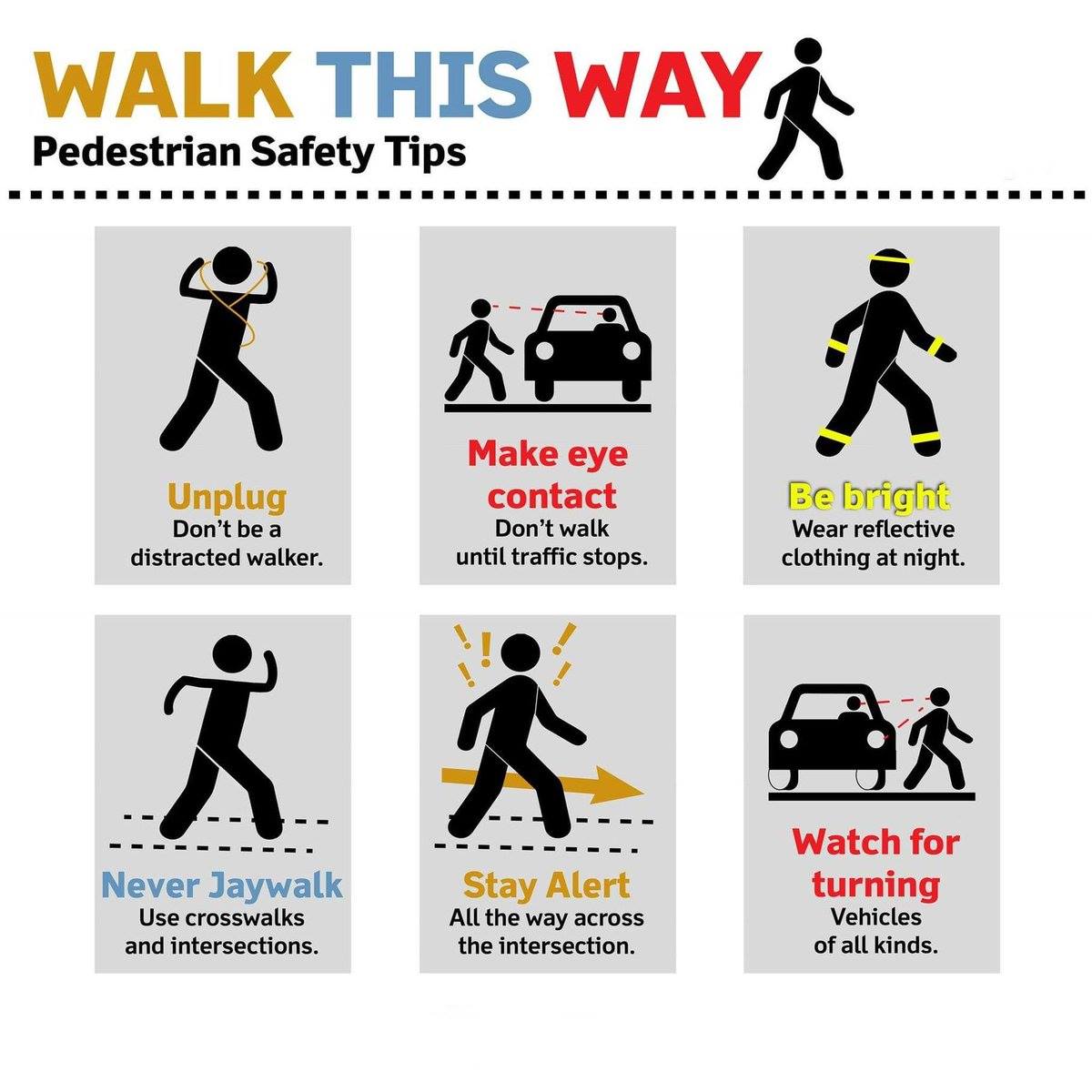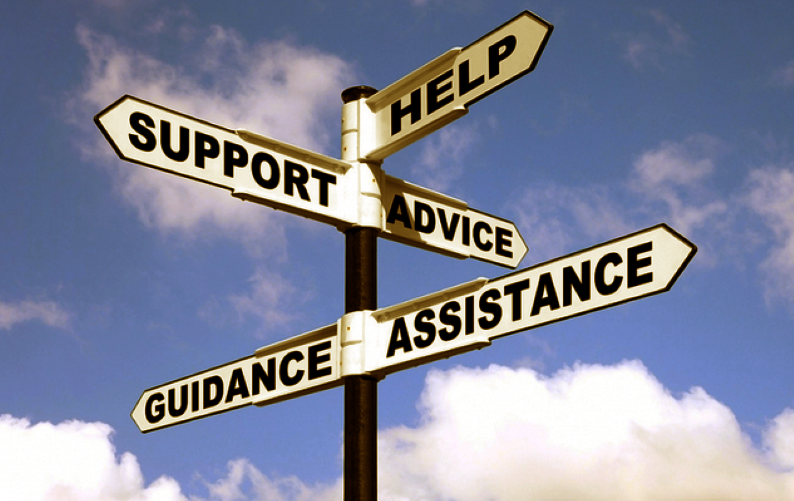



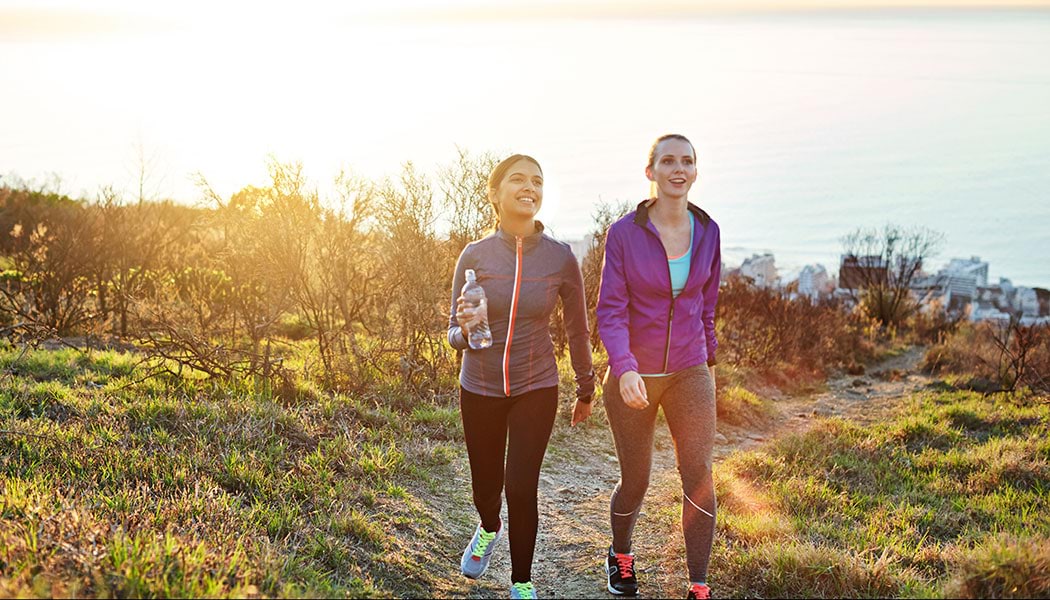
Walking is a great way to improve or maintain your overall health. Just 30 minutes every day can increase cardiovascular fitness, strengthen bones, reduce excess body fat, and boost muscle power and endurance.
It can also reduce your risk of developing conditions such as heart disease, type 2 diabetes, osteoporosis and some cancers.
Unlike some other forms of exercise, walking is free and doesn’t require any special equipment or training.
Physical activity does not have to be vigorous or done for long periods in order to improve your health.
Walking is low impact, requires minimal equipment, can be done at any time of day and can be performed at your own pace. You can get out and walk without worrying about the risks associated with some more vigorous forms of exercise.
Walking is also a great form of physical activity for people who are overweight, elderly, or who haven’t exercised in a long time.
Walking for fun and fitness isn’t limited to strolling by yourself around local neighbourhood streets. There are various clubs, venues and strategies you can use to make walking an enjoyable and social part of your lifestyle.
You carry your own body weight when you walk. This is known as weight-bearing exercise. Some of the benefits include:
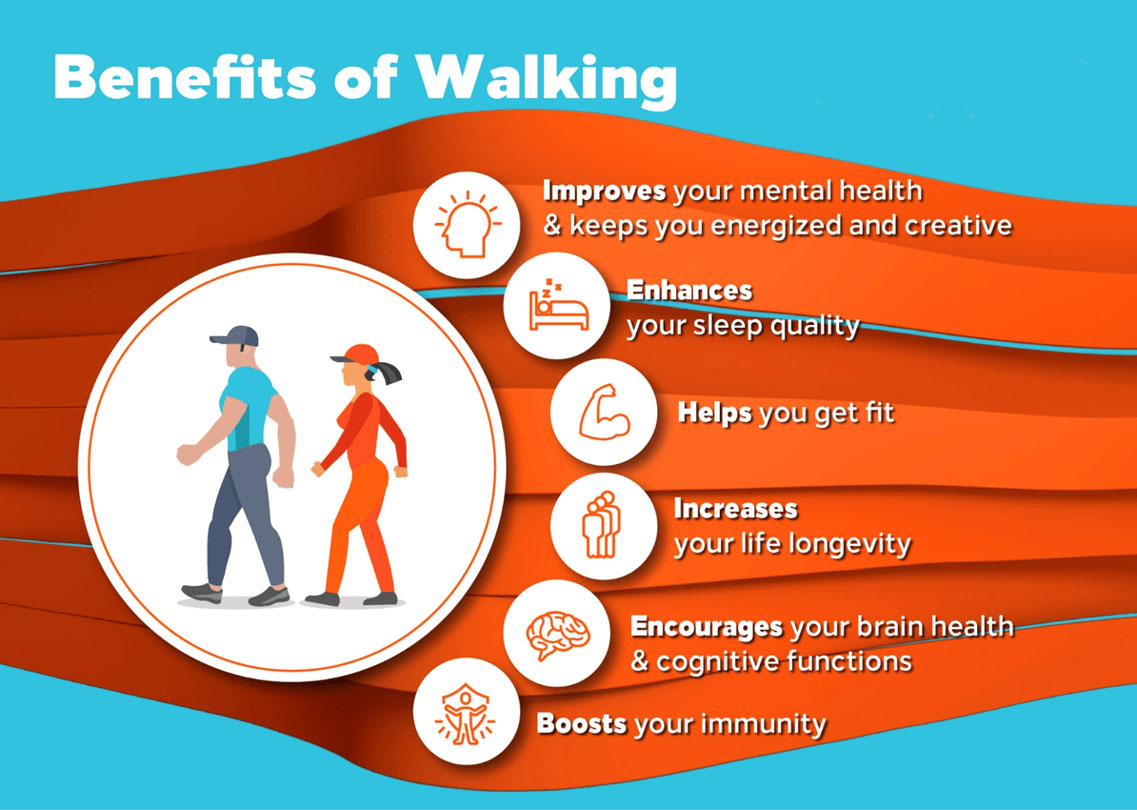
To get the health benefits, try to walk for at least 30 minutes as briskly as you can on most days of the week. ‘Brisk’ means you can still talk but not sing, and you may be puffing slightly.
Moderate activities such as walking pose little health risk but if you have a medical condition, check with your doctor before starting any new exercise program of physical activity.
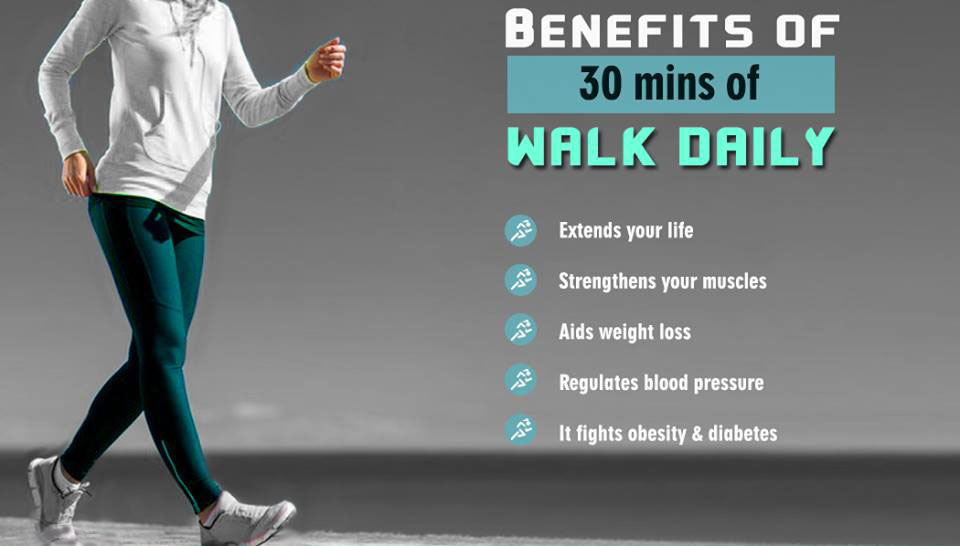
If it’s too difficult to walk for 30 minutes at one time, do regular small bouts (10 minutes) 3 times per day and gradually build up to longer sessions.
If your goal is to lose weight, you will need to do physical activity for longer than 30 minutes each day. You can achieve this by starting with smaller bouts of activity throughout the day and increasing these as your fitness improves.
Physical activity built into a daily lifestyle plan is also one of the most effective ways to assist with weight loss and keep weight off once it’s lost.
Some suggestions to build walking into your daily routine include:
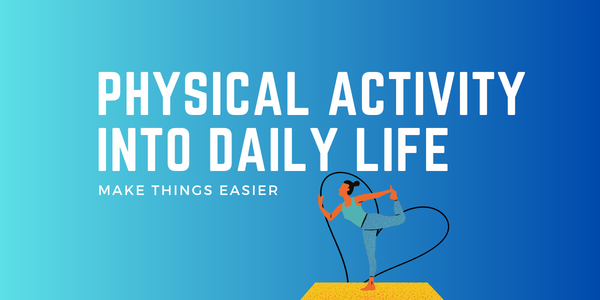
Try to make walking a routine – for example, try to walk at the same time each day.
Remember, you use the same amount of energy no matter what time of day you walk, so do what is most convenient for you.
You may find that asking someone to walk with you will help make it a regular activity. Some people find that keeping an activity diary or log also makes it easier.
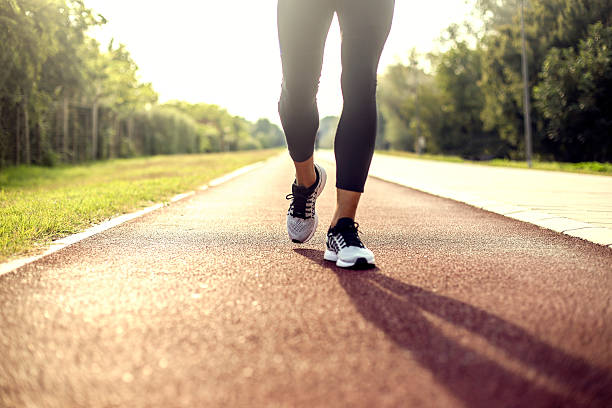
A pedometer measures the number of steps you take.
You can measure your movement throughout a day and compare it to other days or recommended amounts. This may motivate you to move more.
The recommended number of steps accumulated per day to achieve health benefits is 10,000 steps or more.
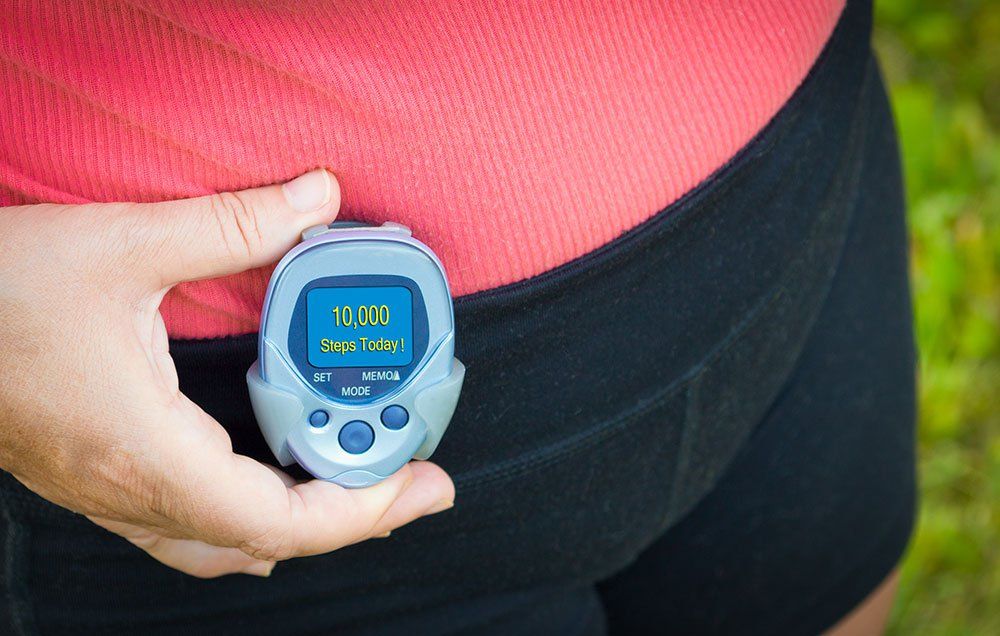
For most people, there is little difference in the amount of energy used by walking a kilometre or running a kilometre – it’s just that walking takes longer.
Plan to cover a set distance each day and monitor how long it takes you to walk this distance. As your fitness improves, you will be able to walk a longer distance and use more energy.
Walking fast burns more kilojoules per hour than walking slowly, but this doesn’t mean you have to push yourself until you’re breathless. Instead, pace yourself so that you can still talk. This simple rule of thumb means that you walk safely within your target heart rate, which brings about health gains.
Our bodies tend to get used to physical activity, so continue to increase your intensity as you improve your fitness levels. You can increase the intensity of your walks by:
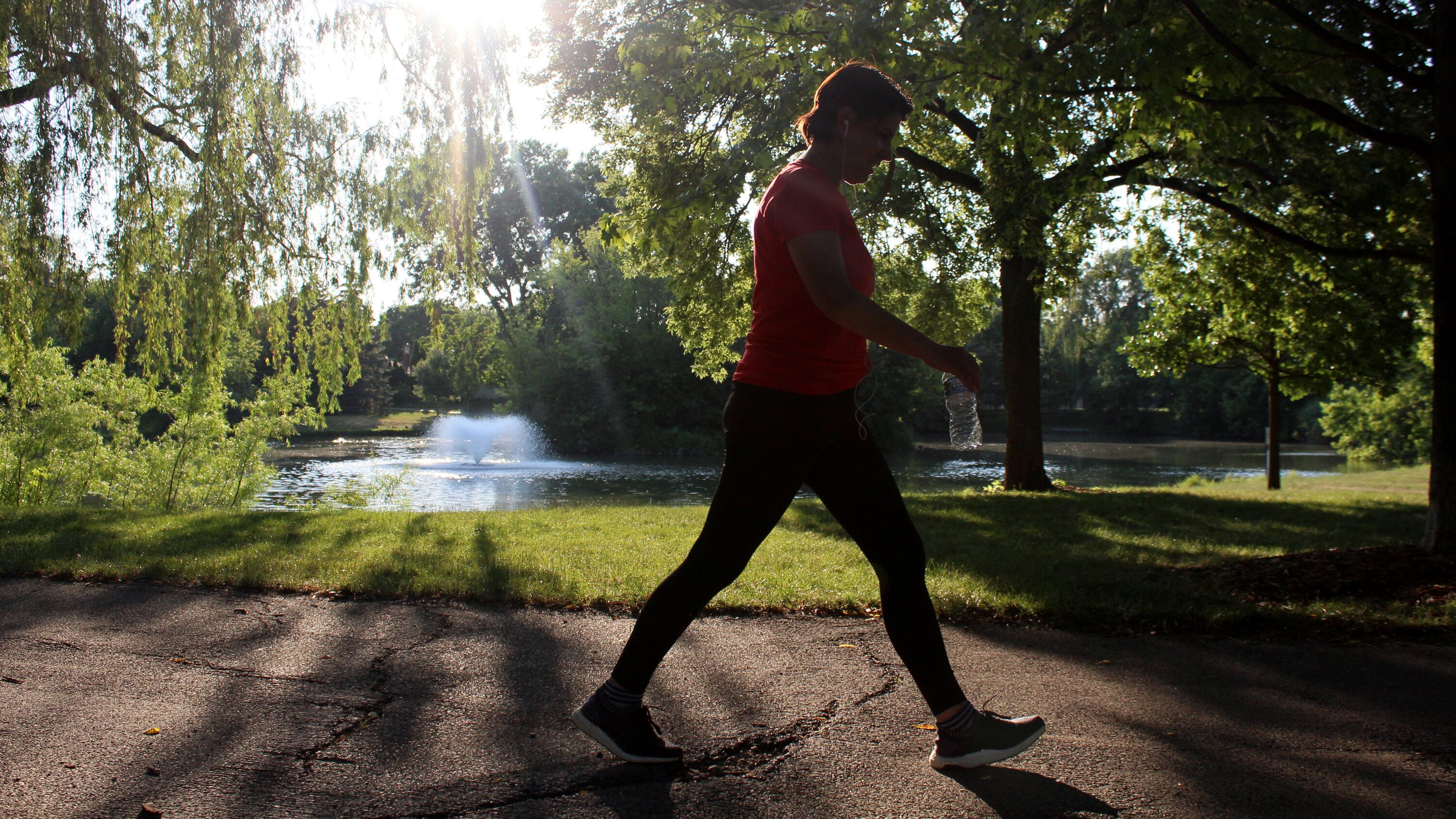
The best way to warm up is to walk slowly. Start each walk at a leisurely pace to give your muscles time to warm up, and then pick up the speed.
Afterwards, gently stretch your leg muscles – particularly your calves and front and back thighs. Stretches should be held for about 20 seconds.
If you feel any pain, ease off the stretch. Don’t bounce or jolt, or you could overstretch muscle tissue and cause microscopic tears, which lead to muscle stiffness and tenderness.
It’s best to dress lightly when you do physical activity. too many layers can increase sweating and build up body temperature, making you uncomfortable during a walk or possibly cause skin irritations.
A gradual cool-down will also prevent muscular stiffness and injury.
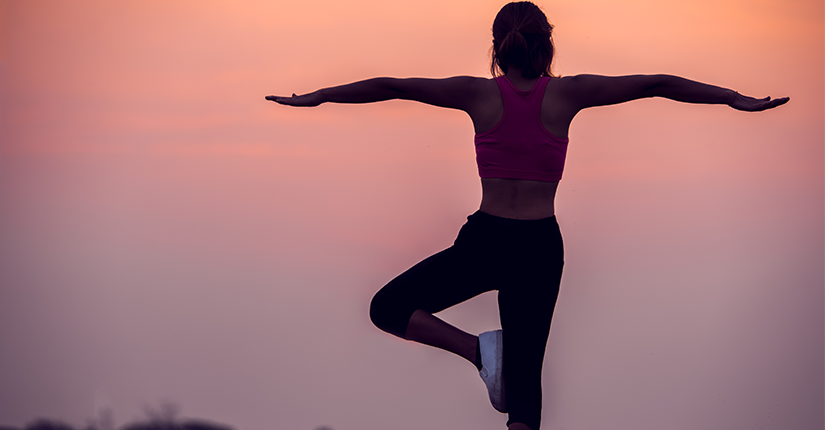
Walking is a low-cost and effective form of exercise. However, the wrong type of shoe or walking action can cause foot or shin pain, blisters and injuries to soft tissue.
Make sure your shoes are comfortable, with appropriate heel and arch supports. Take light, easy steps and make sure your heel touches down before your toes.
Whenever possible, walk on grass rather than concrete to help absorb the impact.
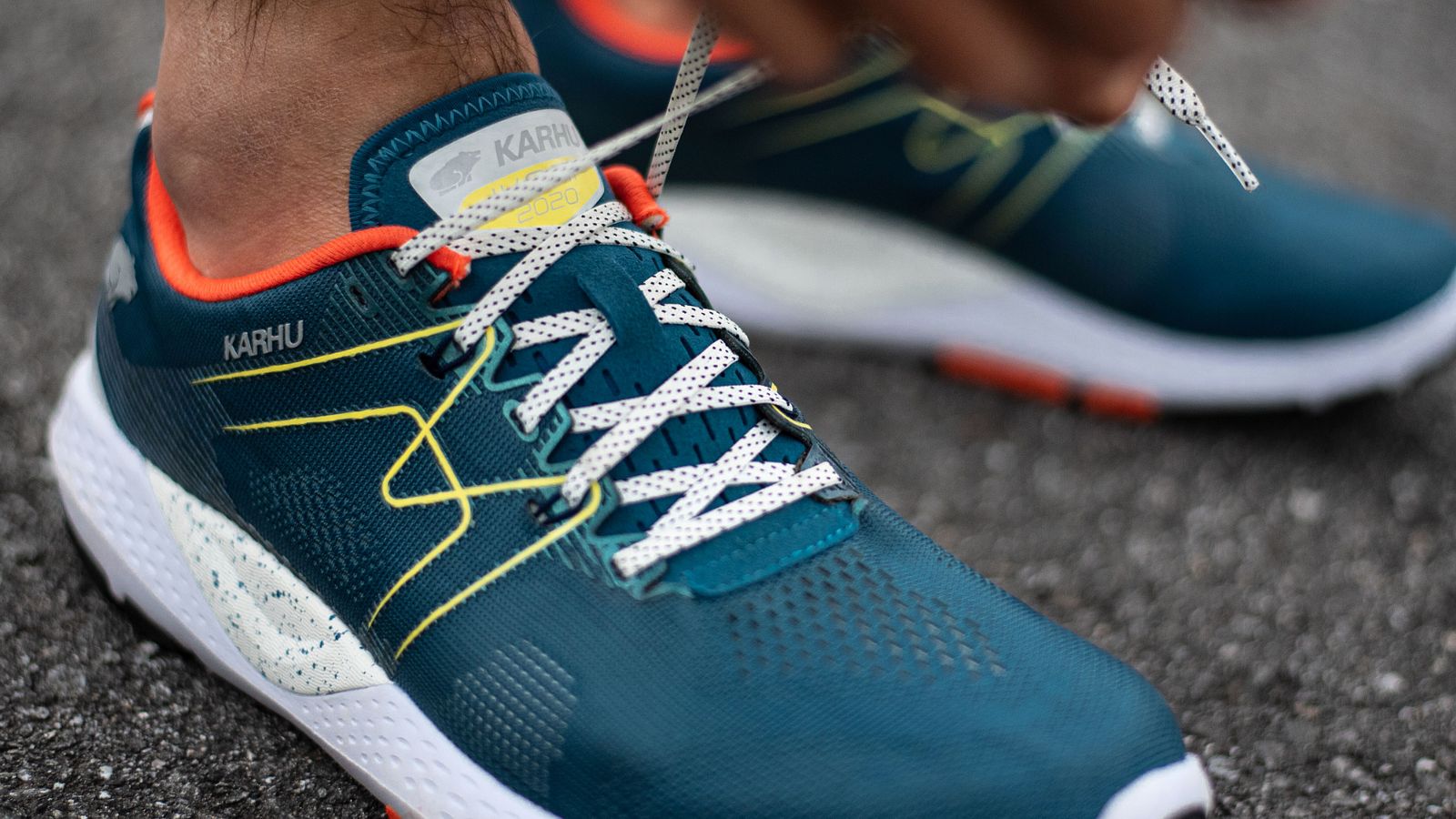
Some suggestions to help make regular walking a pleasurable form of physical activity include:

Ways to keep your daily walk interesting include:
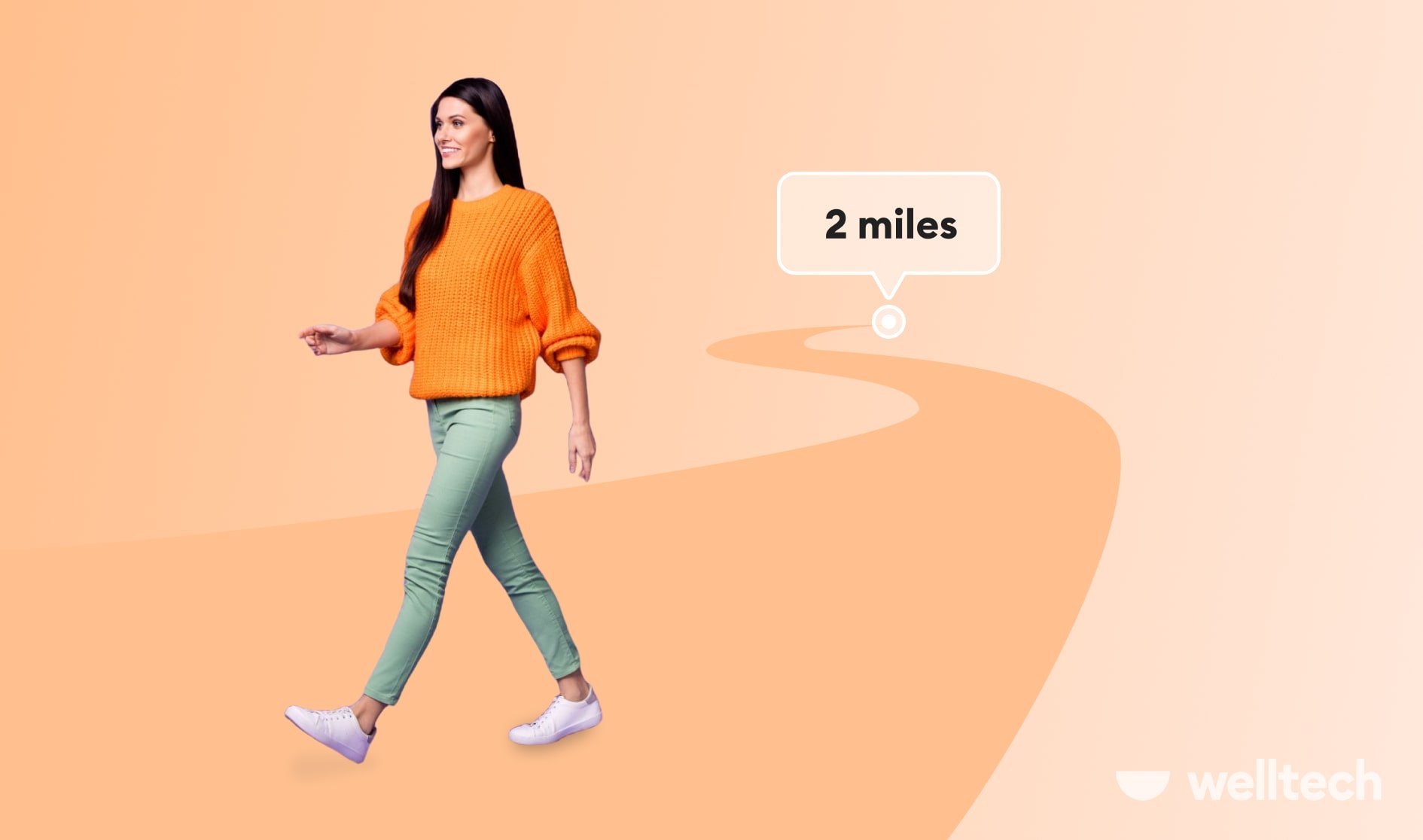
A dog that needs regular exercise motivates you to walk every day. You might like the companionship too. If you don’t have a dog, and aren’t planning on getting one, consider offering to walk a neighbour’s dog occasionally.
Suggestions for the safety of your dog and other people on foot include:
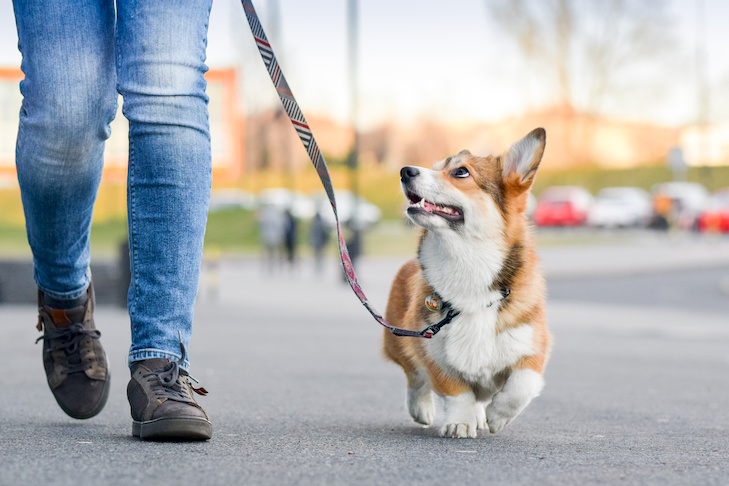
Walking with other people can turn a bout of exercise into an enjoyable social occasion. Suggestions include:

There are a number of walking clubs in metropolitan and regional Victoria. Some cater for specific groups (such as women, dog walkers or bushwalkers), while others offer the opportunity to meet new people in your local area. Organisations to contact for further information include:
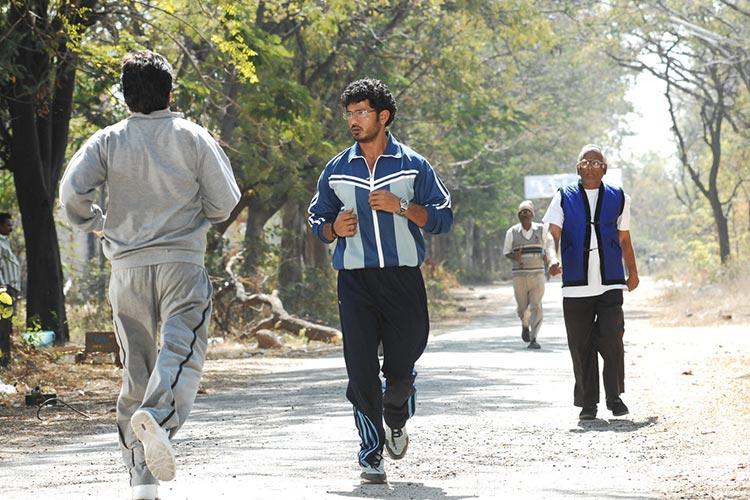
Walking is generally a safe way to exercise, but look out for unexpected hazards. Suggestions include:
